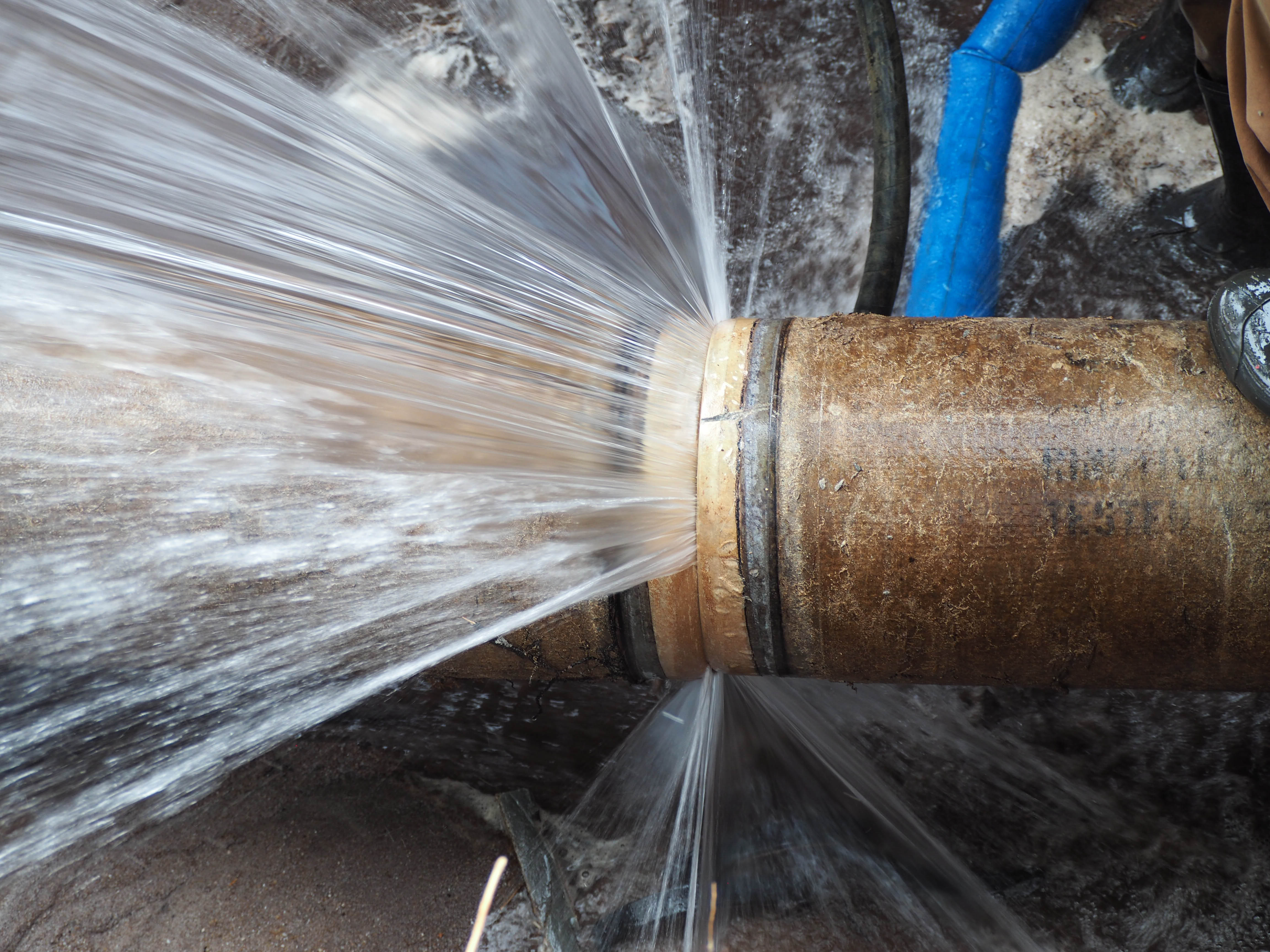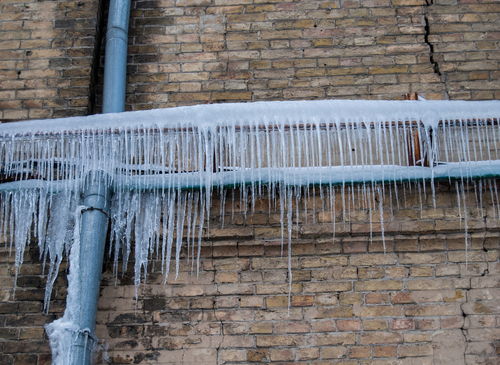How to Protect Your Plumbing from Freezing: Essential Tips
How to Protect Your Plumbing from Freezing: Essential Tips
Blog Article
Just how do you really feel when it comes to Preventing and dealing with frozen pipes?

Cold weather can ruin your plumbing, particularly by freezing pipelines. Here's how to stop it from taking place and what to do if it does.
Introduction
As temperature levels decline, the danger of frozen pipes rises, possibly causing costly repairs and water damage. Comprehending exactly how to avoid icy pipelines is critical for house owners in cool climates.
Prevention Tips
Protecting susceptible pipes
Wrap pipelines in insulation sleeves or utilize heat tape to protect them from freezing temperature levels. Concentrate on pipes in unheated or exterior locations of the home.
Heating strategies
Keep indoor areas appropriately warmed, particularly locations with plumbing. Open up cupboard doors to enable warm air to flow around pipes under sinks.
How to recognize frozen pipes
Try to find decreased water circulation from taps, unusual odors or noises from pipelines, and noticeable frost on exposed pipelines.
Long-Term Solutions
Structural modifications
Take into consideration rerouting pipelines far from exterior walls or unheated locations. Add additional insulation to attic rooms, basements, and crawl spaces.
Upgrading insulation
Invest in high-quality insulation for pipelines, attics, and walls. Correct insulation aids preserve constant temperatures and decreases the danger of frozen pipelines.
Protecting Outdoor Plumbing
Garden tubes and outdoor taps
Detach and drain garden tubes prior to wintertime. Set up frost-proof spigots or cover outside taps with shielded caps.
Recognizing Frozen Pipes
What triggers pipelines to ice up?
Pipes ice up when subjected to temperatures listed below 32 ° F (0 ° C) for extended periods. As water inside the pipelines ices up, it expands, taxing the pipeline walls and possibly causing them to burst.
Dangers and damages
Frozen pipes can lead to water system disruptions, home damage, and expensive repair work. Ruptured pipelines can flooding homes and cause comprehensive architectural damage.
Indications of Frozen Water Lines
Determining frozen pipes early can prevent them from rupturing.
What to Do If Your Pipes Freeze
Immediate activities to take
If you presume frozen pipelines, keep taps open up to ease pressure as the ice thaws. Use a hairdryer or towels soaked in hot water to thaw pipelines gradually.
Final thought
Protecting against icy pipes calls for proactive actions and fast actions. By comprehending the causes, indications, and preventive measures, property owners can safeguard their plumbing throughout cold weather.
6 Proven Ways to Prevent Frozen Pipes and Protect Your Home
Disconnect and Drain Garden Hoses
Before winter arrives, start by disconnecting your garden hoses and draining any remaining water. Close the shut-off valves that supply outdoor hose bibs and leave the outdoor faucet open to allow any residual water to drain. For extra protection, consider using faucet covers throughout the colder months. It’s also important to drain water from any sprinkler supply lines following the manufacturer’s directions.
Insulate Exposed Pipes
Insulating your pipes is an effective way to prevent freezing. Pipe insulation is readily available at home improvement stores and is relatively inexpensive. Pay close attention to pipes in unheated areas such as the attic, basement, crawl spaces, or garage. Apply foam insulation generously to create a buffer against the cold. You can also wrap your pipes in heat tape or thermostat-controlled heat cables for added warmth.
Seal Air Leaks
Inspect your home for any cracks or openings that could let in cold air. Seal any holes around the piping in interior or exterior walls, as well as the sill plates where your home rests on its foundation. Additionally, make sure to keep your garage door closed unless you’re entering or exiting. Leaving it open creates a significant air leak that can lead to frozen pipes.
Allow Warm Air Circulation
During cold snaps, it’s essential to allow warm air to circulate evenly throughout your home. Leave interior doors ajar to promote better airflow. Open kitchen and bathroom cabinets to help distribute heat consistently around the rooms. If you have small children or pets, be sure to remove any household chemicals or potentially harmful cleaners from open cabinets for safety.
Let Faucets Drip
A small trickle of water can make a big difference in preventing ice formation inside your pipes. When temperatures drop significantly, start a drip of water from all faucets served by exposed pipes. This continuous flow helps prevent the water from freezing. Additionally, running a few faucets slightly can relieve pressure inside the pipes, reducing the chances of a rupture if the water inside does freeze.
https://choateshvac.com/6-proven-ways-to-prevent-frozen-pipes-and-protect-your-home/

I stumbled upon that entry about Prevent Frozen Pipes when doing a lookup on the internet. Those who enjoyed our page plz remember to pass it around. We value your readership.
Book Service Now Report this page